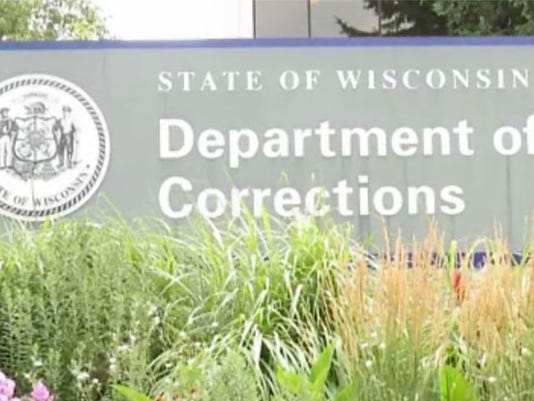In Part 1, I introduced the idea of crimeless revocations and how re-incarcerating individuals for breaking the rules of parole or supervision as much as Wisconsin does is costing the state tens of millions of dollars every year. By reserving incarceration for only new crimes, we could use that money for new social workers and parole officers, alternative sentencing and programming, and youth initiatives. In this post, I am going to discuss the differences between Old Law and New Law incarcerated people and the challenges they face, the Parole Board system in Wisconsin, and what it means to the state overall.

Most people in Wisconsin still believe that after a period of incarceration, an individual moves into “parole.” They imagine old TV shows and books where a man (usually a man anyway) in a jumpsuit sits in front of a row of men (usually men) who say whether or not he is ready to be released. These men make up the parole board, and after serving a certain amount of time, an incarcerated person would try to prove that they had been rehabilitated either by completing a series of programming or demonstrating good character. This was the system in Wisconsin until Dec. 31, 1999, until it was replaced by Truth in Sentencing.
Under Truth in Sentencing, an individual at the time of sentencing is given a length of incarcerated time and generally an equal amount of supervised time. They serve the exact length of the sentence and are released into society regardless, even if they have conduct tickets, no programming completed, or demonstrable qualities of anger, substance abuse, or other factors that a parole board would have stopped from being sent back into communities. This change came about under a new wave of hard-on-crime sentencing policy. With public uproar at hearing that incarcerated people were only serving a third or so of their original sentence, politicians wanted to garner favor by forcing individuals to serve the “full” amount of their sentence.

But what about those incarcerated for felonies before Dec. 31st, 1999? There are still thousands of incarcerated people throughout the Wisconsin system that fall under “Old Law” and will come before a parole board. They can request to be sent on parole, but it is up to the discretion of the board and ultimately the Parole Commissioner to release the inmate to parole. Wisconsin’s Chairperson of the Parole Commission is Daniel J. Gabler, a failed candidate for Circuit Court judge and a district attorney who on more than one occasion before his run in 2009 forgot to show up to court. About the individuals still behind bars after 18 years, Gabler has said “We are talking about the worst of the worst. We’re talking about killers and rapists” (Madison Cap Times, 2017). He also ran a severe attack ad against his 2009 appointment, berating him for defending a sex offender, and current Wisconsin state senator from Milwaukee Lena Taylor said it implied that some people are not worth defending (Cap Times). How can such a person be trusted to decide which individuals are going to be granted parole?
It turns out, Gabler has decided that not many of them deserve it. There are still about 3,000 incarcerated people in Wisconsin who fall under Old Law, according to nonprofit and religious organizations around the state, and nearly 2/3 of those people are eligible to be released right now. Taylor says that trying to be granted parole in Wisconsin is “like the camel trying to go through the eye of the needle” (Madison Cap Times).
The most frequently cited reason for not granting parole is not having served enough time, even if the incarcerated person has completed all of their programs, counseling, work release and more. The problem with this line of thinking is that it is tainted by the nearly twenty years we have had of Truth in Sentencing policies. A judge sentencing in 1999 would have had the expectation that a person would only serve between a third and half the time given and then move to parole, so they were given proportionally higher sentences. But as politicians and the parole commissioner grow more accustomed to incarcerated people serving all their time, they are reluctant to release parole-eligible individuals until much closer to their original sentence. But this is unjust and exceptionally expensive.
According to the Madison Cap Times, Taylor asked Gabler what a “sufficient amount of time was,” and Gabler was unable to give a clear answer, but instead looks at more subjective factors like social connections, attitude, and supposed risk to public. It does not consider age, mobility, or illness, however, according to the Milwaukee Journal Sentinel.
Organizations such as ROC and WISDOM estimate that 3,000 incarcerated individuals fall under Old Law in Wisconsin, costing taxpayers about $105,000,000 per year. If we once again overestimate and assume we could not release all those men and women in one fell swoop and only grant parole to two thirds of that population, we could save $75 million dollars in the next fiscal year. This would not be a recurring saving like the restructuring of the crimeless revocations policy, but the investment of this money into Treatment Alternatives and Diversion program (fully funding it), would create a steady decrease in incarceration, leading to closing of prisons across the state with an increase in humane, rehabilitative programming, more complete families, and better access to mental health and substance abuse help.